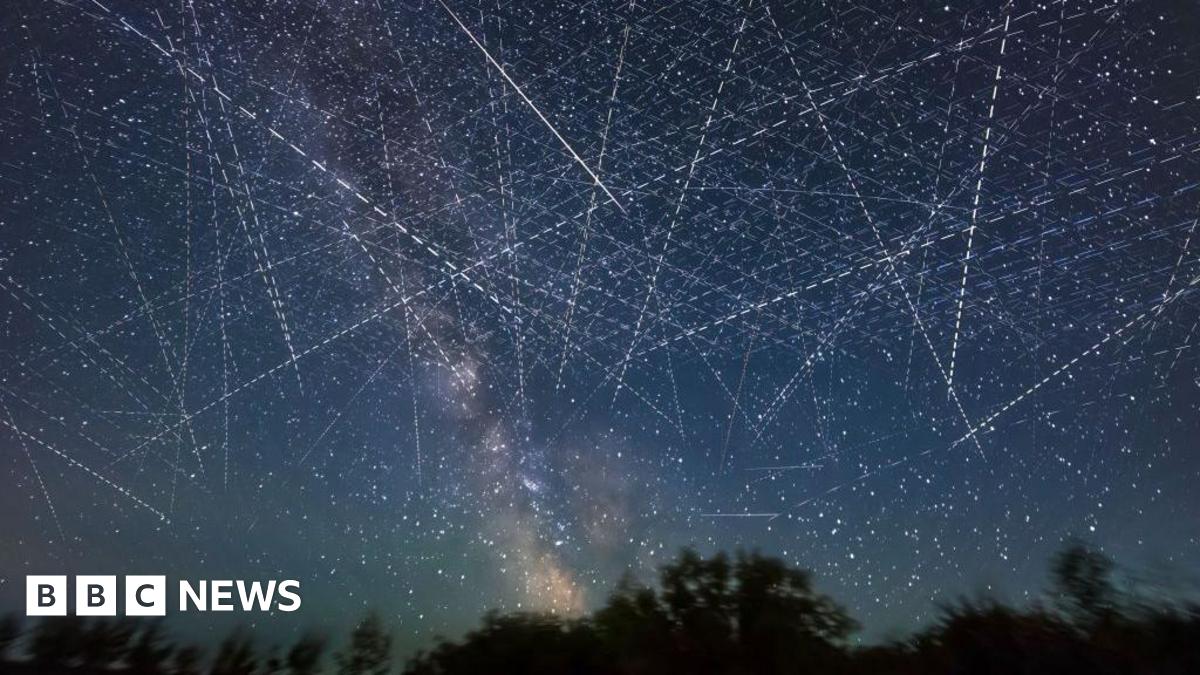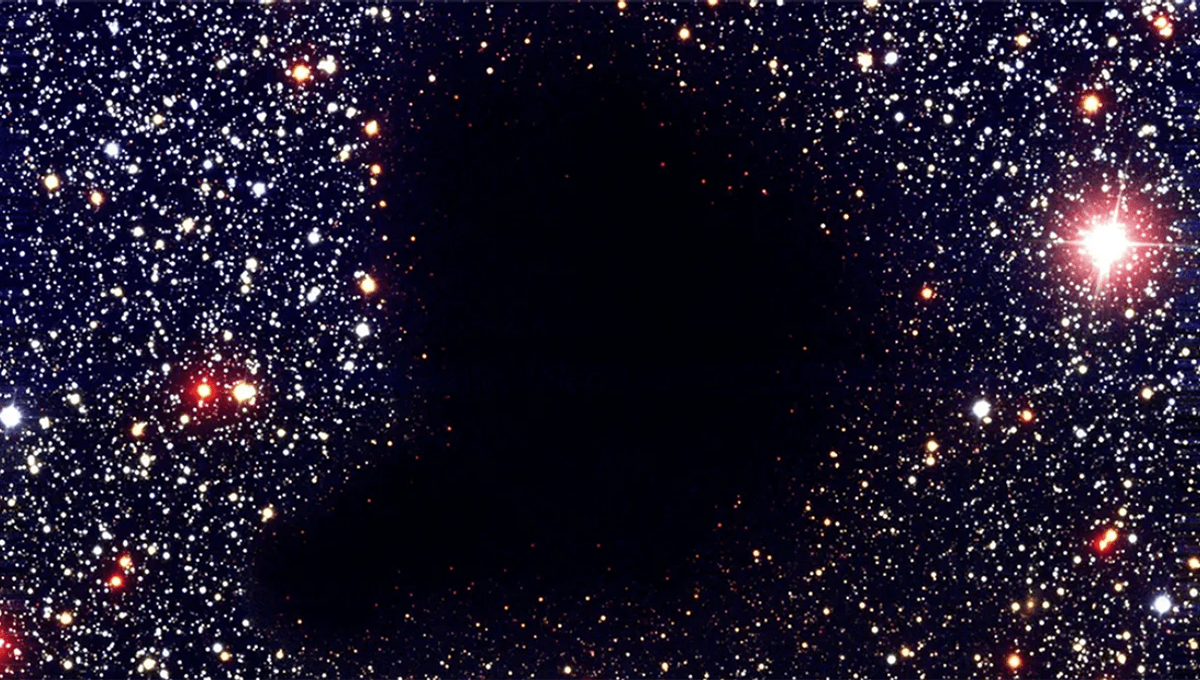T4K3.news
Surrey team tests black paint to combat satellite light pollution
Scientists are exploring Vantablack 310 to minimize satellite reflections affecting astronomy.

Researchers explore new paint to prevent interference with night sky observations.
Surrey scientists test black paint to reduce satellite light pollution
Scientists at the University of Surrey are experimenting with a unique paint designed to reduce light pollution from satellites. Noelia Noel, an astrophysicist, leads the effort with Vantablack 310. This specially developed paint could be applied to satellites, potentially minimizing their visibility from Earth. The objective is to protect ground-based telescopes that suffer from light interference, disrupting astronomical observations. This is particularly relevant for observatories such as the Vera C Rubin Observatory in Chile, where satellite reflections compromise image quality.
Key Takeaways
"What I am proposing is to minimise the impact, to make space more sustainable."
Dr Noel emphasizes the importance of sustainable practices in space.
The initiative by Surrey scientists highlights a growing concern in the astronomical community about the increasing number of satellites in low Earth orbit. As companies like SpaceX launch thousands of satellites, traditional observation methods face significant challenges. Implementing solutions like Vantablack 310 could represent a crucial step toward sustainable space practices, allowing for clear night skies while accommodating advancing space technology.
Highlights
- Is it possible to reclaim our night sky from satellite light?
- This paint could redefine how we see the stars.
- Could Vantablack protect our skies from satellite glare?
- Making space sustainable starts with reducing light pollution.
Concerns over satellite regulation and light pollution
With increased satellite launches, there is a growing risk of severe light pollution affecting astronomical research. If companies do not adopt protective measures, future observations could be significantly impaired, leading to backlash from the scientific community.
The outcome of these tests could shape future satellite designs and their environmental impact.
Enjoyed this? Let your friends know!
Related News

Cronos: The New Dawn released

Tech trends emerge from the 2025 Tour de France

Army unveils new Infantry Squad Vehicle as Humvee replacement

Scientists discover unusual super-Earth 154 light years away

Scientists Discover Ancient Landscape in Antarctica
Anker Nebula X1 projector priced at $3,000

England faces thrilling finish against India in final Test

Documentary Investigates Iconic Vietnam Photo Controversy
